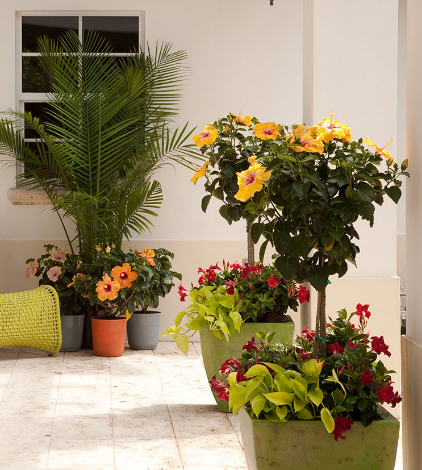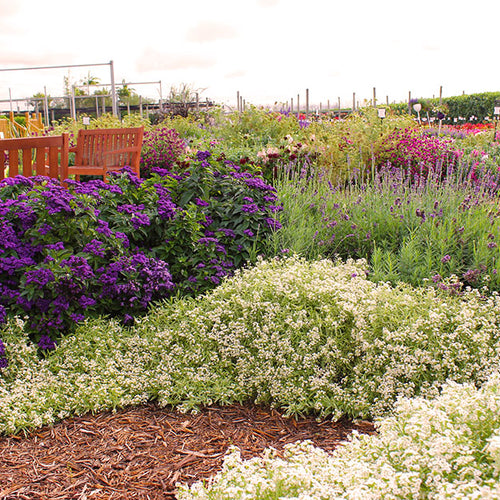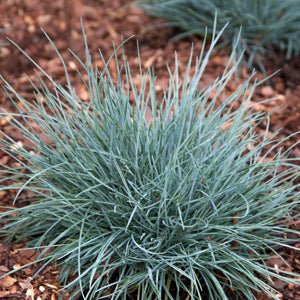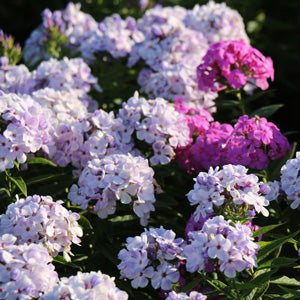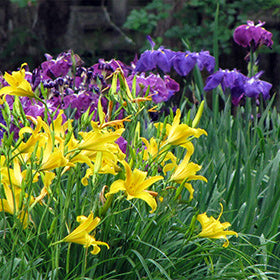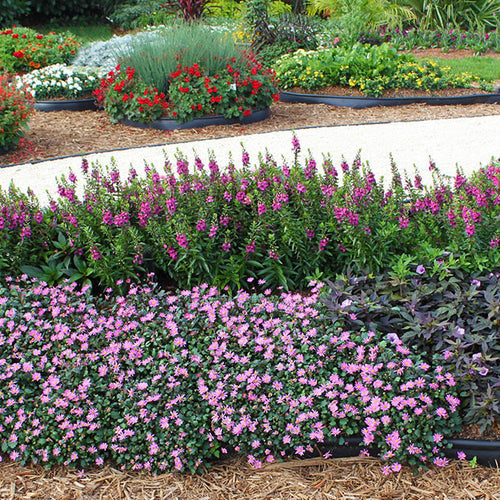Want to save money by lowering your bills? There are lots of ways to do it. And one unexpected strategy is the way you landscape your yard. For example, strategically placed trees shade your house in the hottest part of the day. (What’s more, studies show that good landscaping can provide up to 125 percent of your return on investment. So landscaping lowers your heating/cooling costs and increases your property value.) Dig into our tips on how you can save money by landscaping to reduce your energy bills. It may be a lot easier than you think, especially if you have a newer home.

Save on Water
When you think about energy costs and landscaping, your water bill may be the first thing that comes to mind. And
happily, creating a water-wise landscape that’s easy to care for is simple and straightforward.
The
most obvious thing to do is grow low-water and drought-tolerant plants. You might see a lot of people advocating
native plants, as well, but pay attention to plant tags. Just because it’s native doesn’t mean a plant tolerates
drought.
There are plenty of low-water and drought-tolerant plants available for every region, so
it’s easy to get a look you like. From cacti and succulents (such as our Desert Escape® collection) to lush
flowering annuals, perennials, and shrubs, you can find a wide variety of perfect plants at your local garden center
or online.
Creating a yard you don’t have to water is more than just picking the right plants,
however. Eliminate areas of your lawn and replace them with easy-care, low-water groundcovers. Groundcovers stay
green when it stops raining, so spend less money watering to keep your yard looking lush. Some studies show that not
watering your lawn can reduce water use by more than 200,000 gallons per year (depending on the size of your yard,
your climate, and other factors). Plus, getting rid of your lawn means no more weekly mowing, so you save time,
too.
Get more
tips about creating a low-water yard and xeriscaping.
Save on Air Conditioning
It’s also possible to landscape to use your air conditioning less. This saves you money on your monthly electricity
bills and is better for the environment. Smart landscaping in summer can reduce your home-cooling costs by as much
as 50 percent.
The United States Energy Department reports that the air temperature directly beneath
a tree can be 20F (6C) cooler than over a sunny driveway. That concept works on your house, too. Planting a shade
tree on the south side of your home, for example, can help shade the roof, reducing its temperature – and the
temperature inside your home.
Similarly, planting tree or two on the west side of your home casts
shade on the western walls, helping to keep them cooler during the hottest afternoon hours. Don’t have room for a
tree? A hedge or lattice with vines on your home’s western face works to the same effect.
Even if
they’re not casting shade on your home, trees can help save you money. Because shaded areas are cooler than sunny
areas, filtering the sun on paved areas, such as driveways and sidewalks, lowers the overall temperature of your
yard.
Note: If you live in a cold-winter climate, select deciduous trees. That way the direct winter
sun can warm your home – and reduce your heating bills.
Dig into why having houseplants in summer is a
good idea!
Save on Heating Costs
Smart planning and planting also help save you money in winter if you live in a cold climate. Windbreaks reduce the
effect of winter winds on the north or east side of your home. Some studies show that well-situated evergreen
windbreaks can reduce heating bills by 40 percent during the cold months.
To maximize the benefits of
a windbreak, plant evergreens a distance of about two to five times the plant’s mature height. So if you plant a
shrub that reaches about 10 feet tall, plant it 20 to 50 feet from your home.
Make the most of
windbreaks by paying attention to the direction and flow of the prevailing winter winds in your area.
Foundation plantings -- the use of shrubs or hedges around the perimeter of your home -- can also give a little
benefit. Save money on your energy bills by planting so there’s a 1-foot-wide gap between plants and your home’s
wall. This space can have some insulative effect, so your home loses less heat in winter (and less cool air to the
hot outdoors) in summer.







